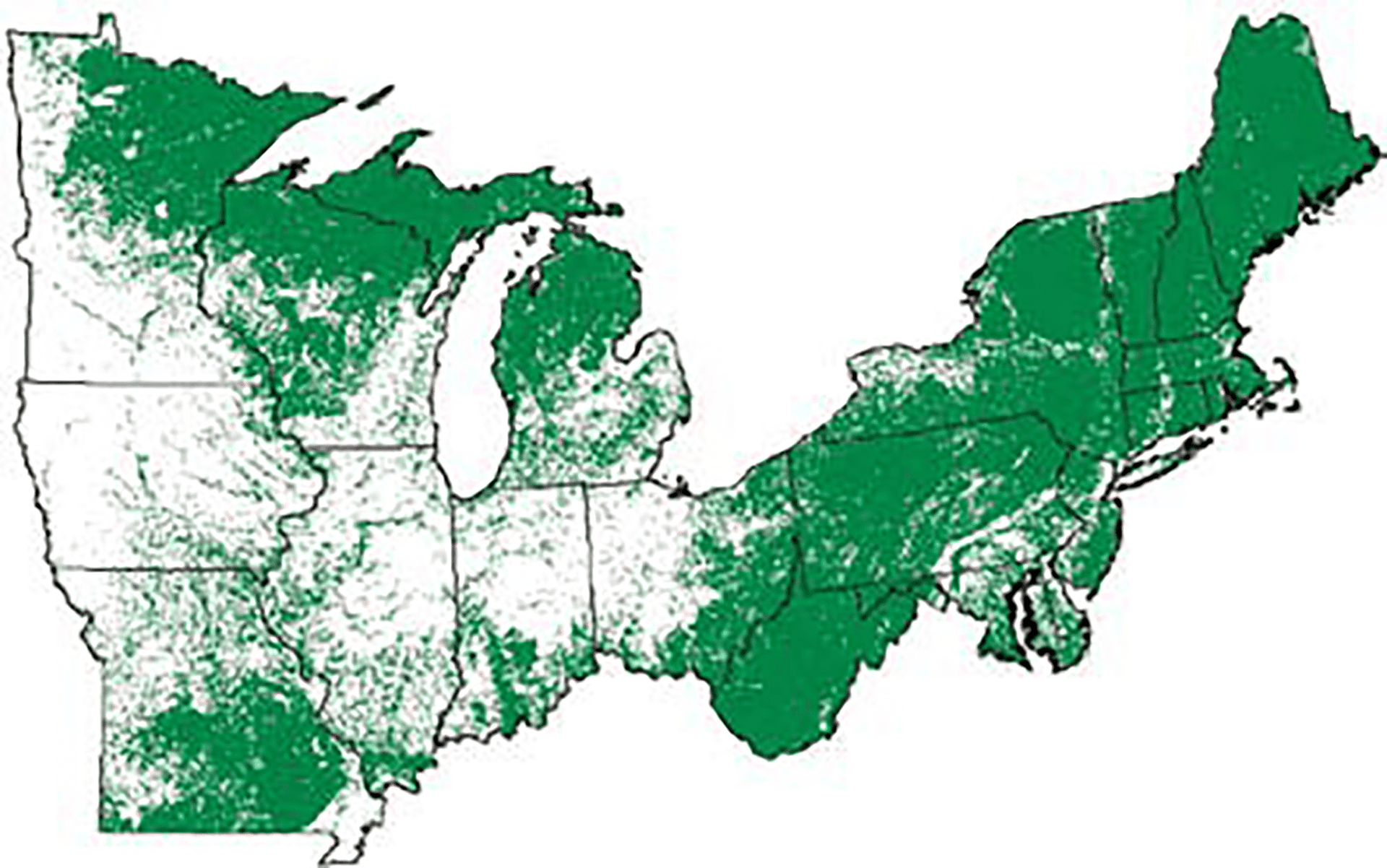Northeastern Forests
From towering old-growth spruce in northern Maine to aspen saplings on the banks of the Mississippi River, America’s northeast is home to an abundance of trees and forests. About 4 of every 10 acres of land in the area—some 170 million acres—are forested (see map). Some forests are diverse remnants of the nearly 300 million acres of forest that covered the region before European settlement. Others are hardworking plantations, pockets of habitat tucked away on homesteads and estates, or windbreaks calming prairie storms. Most are owned, not by Federal, State, and local governments, but by private landowners, including the forest industry.
These tracts of land have long enriched our lives, providing abundant social, economic, and environmental benefits.
Forest Ownership in the Northeastern
Forests cover 170 million acres of land in the Northeast and Midwest states, about 40 percent of the region. More than 125 million people live in this area, enjoying the clean water, wildlife, recreation, and jobs that forests offer. About five million private citizens own a piece of the forest, adding up to one of the largest concentrations of private land in the world.
Who Owns Northeast & Midwest Forests
Regardless of who owns the forests, we all benefit!
Northeastern Forest Cover

The northeastern United States is both the most forested and the most populated part of the country. As population grows and development sprawls and the economics of land ownership changes, the fate of the land is changing too. It is being broken into pieces for development and bought up by interests that emphasize economic gain over forest management. It faces critical issues related to water quality, and fire. It finds both challenge and opportunity in the form of financial viability of private non-industry lands, markets for ecosystem services, forest certification, changes in wood markets, and recreational demands.
Source
A Snapshot of the Northeastern Forests, USDA Forest Service, Northeastern Area State & Private Forestry, NA-IN-01-06, October 2005
Benefits of Northeastern Forests
Clean water: Forests help keep lakes, rivers, wetlands, and ground water clean by soaking up rain, capturing pollutants, and holding soil in place.
Clean air: Trees absorb air pollutants. They make oxygen and remove carbon dioxide, a major greenhouse gas, from the atmosphere.
Habitat: Forests provide food and shelter for everything from mushrooms to moose. Thousands of plant species and hundreds of animal species—including mammals, birds, and amphibians—inhabit northeastern forests.
Recreation: Northeastern forests offer abundant opportunities to hike, hunt, ski, snowmobile, ride, run, birdwatch, bike, or just enjoy the view.
Wood: Nearly one-fourth of the nation’s wood volume comes from the northeastern United States. The total value of shipments produced by wood-products industries in the northeast totaled nearly $117 billion in 2002.
Employment: Timber harvest and processing in the northeastern United States employs over half a million people and generates over $20 billion in income.
Non-timber forest products: Forests yield an abundance of products in addition to wood, including berries, mushrooms, craft materials, and maple syrup.
Microclimate Modification: Trees help cool their surroundings in summer and slow blustery winds. When planted strategically around buildings, trees can reduce heating and cooling needs. Forested areas reduce runoff and flooding and absorb noise.
Energy production: Trees are a valuable source of fuel production.
